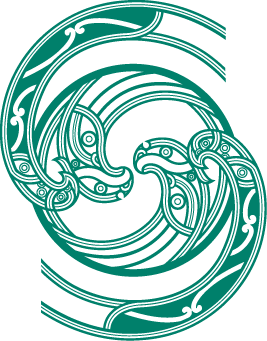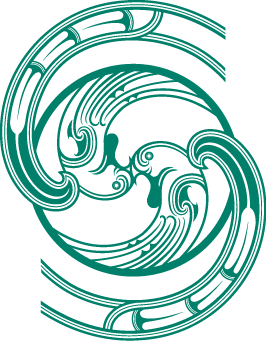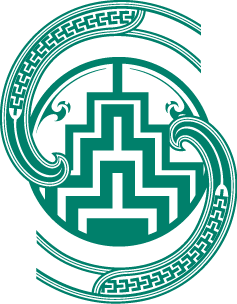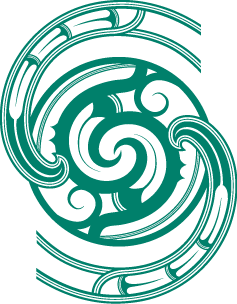Theme 03
Mātauranga
Knowledge and ways of seeing is the third theme in our relational framework
Blue Spring along Te Waihoa Walkway in Hamilton, Waikato
Mātauranga refers to knowledge and understanding – to a way of seeing the world through a lens of kinship, of recognising the reciprocal responsibilities that arise from human-environment relationships. Mātauranga also refers to the deep well of environmental knowledge built by tangata whenua through generations of interaction with and observation of te taiao – knowledge expressed through whakapapa, karakia, and other kōrero tuku iho.
Māramatanga is clarity of thought and action – including understanding of te taiao and pursuit of action that sustains and supports environmental taonga. For environmental governance, acknowledging mātauranga and māramatanga will mean that Māori knowledge is valued and resourced; the sharing of knowledge is mana-enhancing for the communities it comes from; and the connection between whenua and knowledge are restored.
We have guided our action plan with four key themes
OUR RELATIONAL FRAMEWORK
Theme 01

Whanaungatanga – Relationships
Whanaungatanga refers to kinship between all people and things – their connections through lines of whakapapa, and their interdependence with each other.
Theme 02

Utu – Balance and Reciprocity
Utu acknowledges the reciprocal nature of all relationships, and the obligation to sustain them in appropriate balance.
Theme 03

Mātauranga – knowledge and ways of seeing
Mātauranga refers to knowledge and understanding – to a way of seeing the world through a lens of kinship, of recognising the reciprocal responsibilities that arise from human-environment relationships.
Theme 04

Mana and Rangatiratanga – authority with care
Mana refers to authority, handed down through generations, to take action in the world.